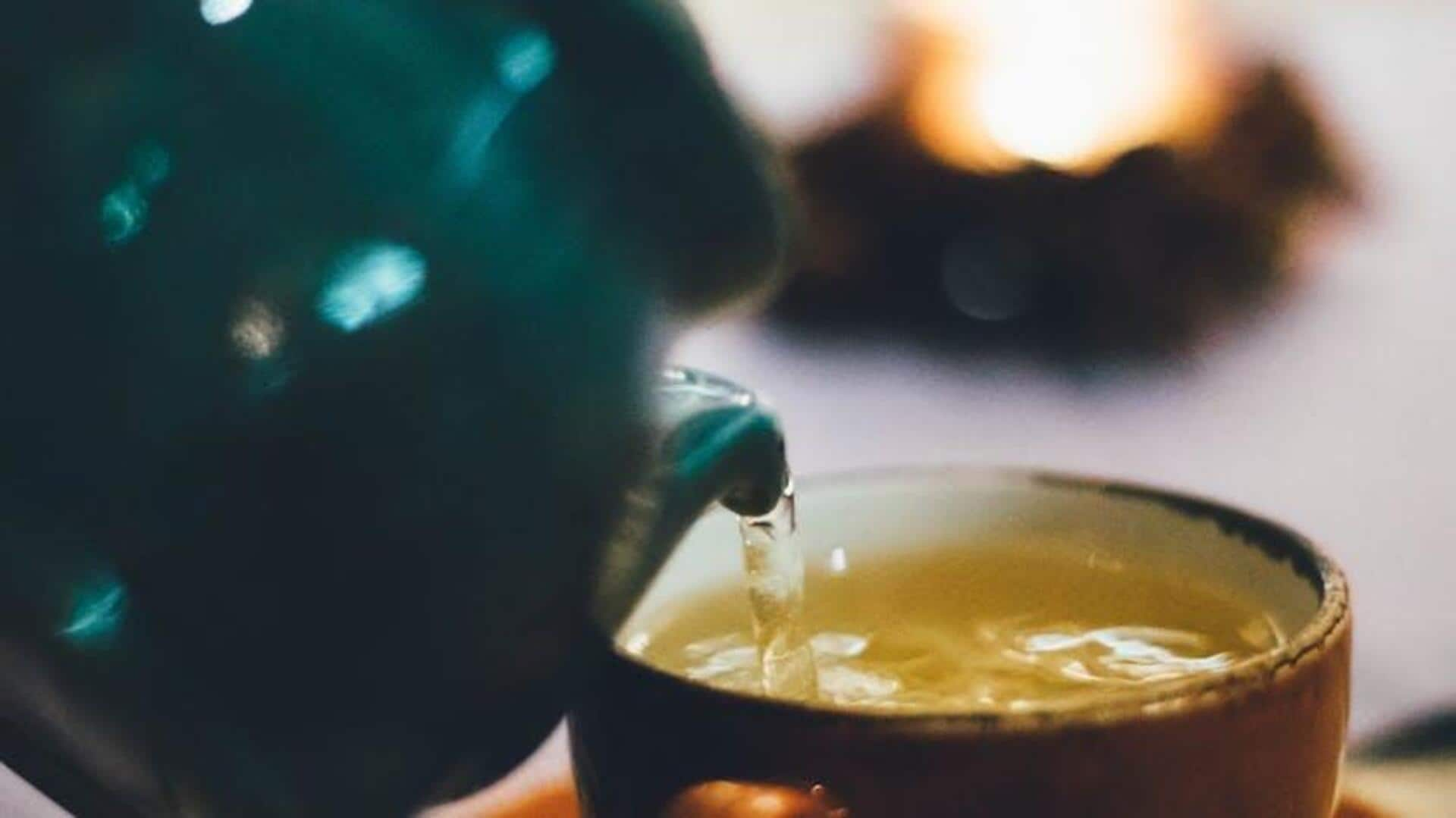
Busting myths: Truth about antioxidants in white and green tea
What's the story
White tea and green tea are both revered for their health benefits, especially due to their antioxidants. However, many believe that white tea has higher antioxidant content than green tea. Here's the truth. In this article, we explore if this claim stands true by comparing the antioxidant properties of both teas and looking at what makes them different. Let's find out.
Antioxidant levels
Understanding antioxidant content
Antioxidants are compounds that help neutralize harmful free radicals in the body. Both white and green teas are rich in these compounds, but their levels can vary based on factors like processing methods and growing conditions. While some studies suggest that white tea may have slightly higher antioxidant levels due to minimal processing, others indicate that green tea's specific catechins might offer unique benefits.
Processing impact
Processing differences matter
The way tea leaves are processed largely influences their antioxidant content. As white tea is minimally processed, it retains more of the natural compounds present in fresh leaves. Green tea is steamed or pan-fired to avoid oxidation, which retains its bright color and flavor, and a higher amount of antioxidants. These factors lead to differences in the types and quantity of antioxidants in each tea.
Tea varieties
Varieties influence composition
Different kinds of white and green teas may differ in their antioxidant profiles. For example, Silver Needle, a popular variety of white tea, has a delicate flavor but may contain a high level of antioxidants. Similarly, Sencha, a popular type of green tea, may have strong catechin levels. Choosing between these varieties can affect the overall health benefits you may experience from drinking these teas.
Brewing methods
Brewing techniques affect potency
The way you brew white or green tea can affect its antioxidant power too. Steeping time, water temperature, and leaf quality all are key factors in deciding how many healthful compounds are drawn into your cup. Typically, lower temperatures for longer durations help retain delicate antioxidants in both varieties of teas, while amplifying their flavors without bitterness.